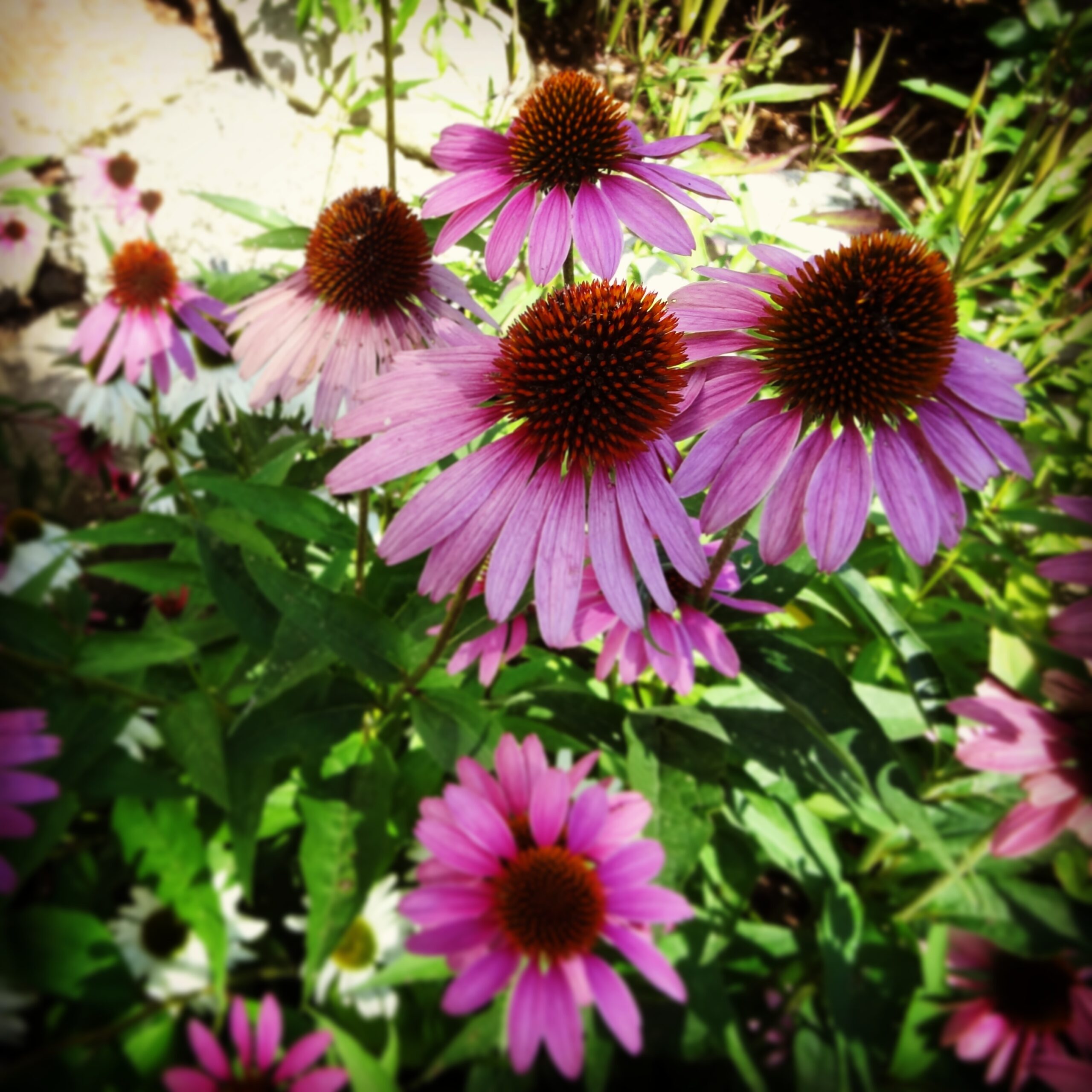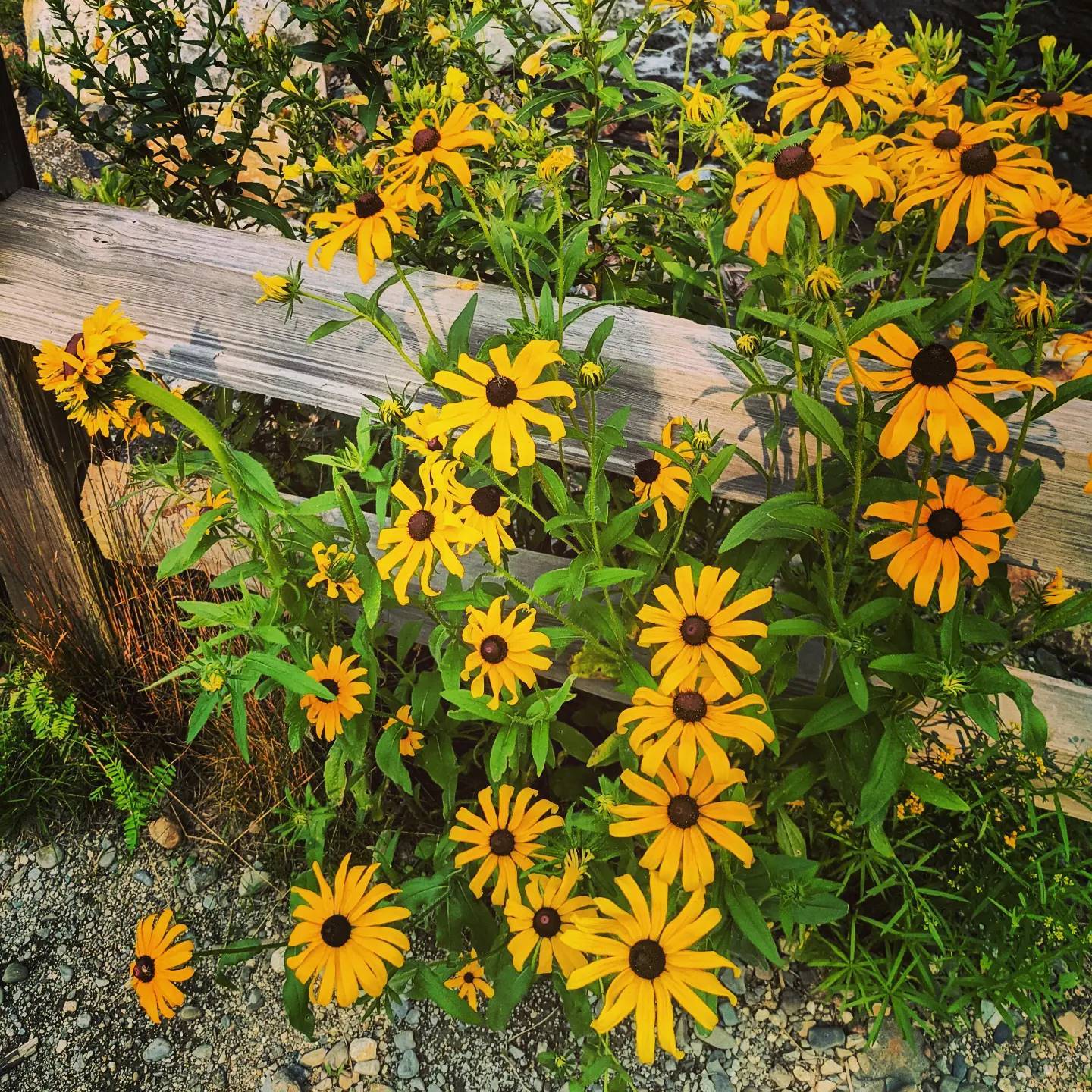Getting Started with Native Plants
The Colorado Native Plant Society hosts an annual conference early every spring, for which the keynote in 2022 was the great ecologist, Doug Tallamy. His presentation challenged what has become the status quo of talking about how much biodiversity we have lost to show how quickly it can be re-established by changing our relationship with the landscapes that surround us…starting in our own yards. He claims to have increased the diversity of wildlife around his home by 80% over three years and feels that no matter the scale, we may contribute to restoring webs of life by planting native plants in our yards: https://homegrownnationalpark.org
Here in the upper Rocky Mountain Steppe, we have unique growing conditions that may seem challenging if we try to cultivate plants ‘from away’. Denver was built on a former lakebed, so the soil is heavy with clay (and minerals!) Integrating native species in our gardens allow for robust displays of pollinator-supporting blooms that maintain their character year-round, while using a LOT less water.
The most economical way to get started with native plants is to grow them from seed. It takes patience because natives focus energy on growing deep roots the first year, which allows them to burst forth in bloom only in the second growing season. When plants are grown from seed, they become firmly established in the ground where they were sown. Early spring is the ideal time for planting native bunching grasses for pollinator habitat; little bluestem, for example, offers over-winter shelter for hibernating bumble bees. While most wildflowers need the cold of winter to break their tough hulls, there are some showy native species that may still be sown in spring including dogbanes, wild mints (including beebalms), echinacea, rudbeckias and for our driest areas, yucca. Through the first growing season, it is important to make sure the seedlings receive water once a week if it does not fall from the sky. Once these plants are established, they should not need any additional watering. Visit www.prairiemoon.com to source native seeds and find instructions on sowing them. For seeds that may be sown without cold stratification, search germination code A. To browse plants native to Colorado, tick the CO state box.
Why is planting native plants in pollinator pathways important from a Slow Food perspective? We are in the midst of an insect-apocalypse, with pollinators included in the collapse. Since pollinators and other beneficial insects are essential to growing food, it is important to maintain strong ecologies to support them year-round. According to the Pesticide Action Network, “On a per acre basis, American homeowners use 10 times more pesticides than what is used on U.S. farms. Every year, U.S. homeowners apply an estimated 80 million pounds of synthetic pesticides to their lawns.” As persistent organic pollutants, these pesticides do not ‘go away’. Once released into our landscapes and waterways, they are impossible to reclaim and disrupt endocrine systems of humans and animals alike.
Landscape designer, Rosalind Creasy is a master at integrating showy flowers with crops into landscape designs. https://www.rosalindcreasy.com – She has published a number of books that offer guidance into how to create beautiful displays of edible landscaping that integrate layers of pollinator support. When we think of ‘good, clean and fair food’ production, I always like to consider the non-human species as part of the equation, and a mindful approach to land relationships in our own spheres is the ideal place to start.

Echinacea, or coneflowers not only provide forage for pollinators, their pronounced seedheads offer nutrient dense seeds to resident birds through the winter.

Seeds from the hearty Rudbeckia species may be sown in early spring. Here, Rudbeckia hirta, or Black-eyed Susan grows out of gravel along a post and beam fence.
Weeding
When drawing, an eraser is as important as the pencil.
One of the first things I learned while in art school was to consider my eraser as important as drawing tools like pencils or charcoal. I’ve carried this over to the garden and practice reductive edits during Denver’s hot and dry summers. Until potential monsoons arrive in August, local conditions are difficult for establishing new plants. Instead of trying to plant, consider a subtractive approach to landscaping by taking out weeds. A weed is defined as a plant that is not wanted within the landscape we are working. While invasive weeds really should be taken out of our gardens because they have been proven to disrupt local ecologies, the definition of common weeds can be blurry. Sometimes they are plants we love that are more aggressive and threaten to crowd out others. In this case, I like to dig out the offending portions, pot what I’ve taken out and keep them in the shadiest part of my garden in a sort of nursery where I can tend to them closely to re-establish the root systems. After the evenings start to cool again, these plants can be used to fill in spaces that offer challenging growing conditions or exchanged with neighbors.
Digging out plants is a great time to amend the soil in small patches. Because Denver was built on an ancient lake bed, the soil here is made up of heavy clay. This means there is high mineral content, but it presents challenging conditions in which to grow. It is hard for water to penetrate the ground to reach deep roots. It is easily compacted which makes it difficult for roots to deeply penetrate. When the ground is saturated, the moisture does not drain away, which can cause the roots to rot. As we are digging out weeds in the summer, adding handfuls of sandy gravel to areas we have dug is a great way to create air pockets through which water may infiltrate to reach the roots of the plants while increase drainage. According to Annie Barrow, the Denver Botanic Garden’s manager of horticulture outreach programs, it’s good practice to mix the gravel into the existing soil so that it is about a 50/50 ratio.
There are quite a few plants many folks consider ‘weeds’ that have the potential to add flavor to the dinner table or act as herbal medicines. Urban forager, Kate Armstrong teaches the value of such plants that are normally considered ‘weeds’. After learning edible and medicinal properties of plants that thrive in otherwise neglected areas of the garden, I often leave them space to grow and harvest them when needed. Mallow, for example, produces delicious nuts that have the texture of okra, but on a miniature scale. When this plant is too aggressive in more formal beds, it may be torn out and all parts of the plant may be enjoyed. Stems may be chopped, tossed in olive oil and salt and roasted until crisp to add a nutrient dense punch to top salads. The ruffly round leaves may be used to replace lettuce in making gluten free wraps, and the roots are medicinal when brewed as tea. Perspective is everything, and beauty is in the eye of the beholder. So, when prodding around the gardens during the relatively cool summer mornings, I like to practice the wisdom that every plant has a gift and strive for balance in my (slightly wild) urban gardens.
A list of Colorado invasive species is provided by the Colorado Department of Agriculture: https://ag.colorado.gov/
Post by Lee Lee, Associate Board Member
Lee Lee was born and raised in central Denver and maintains a creative practice at the intersection of visual art and ecology: www.virtualvoices.org.

0 Comments